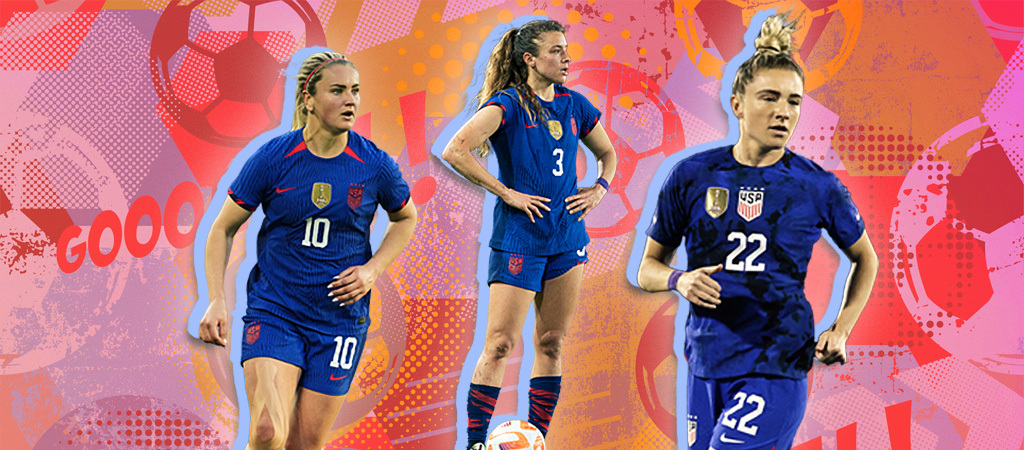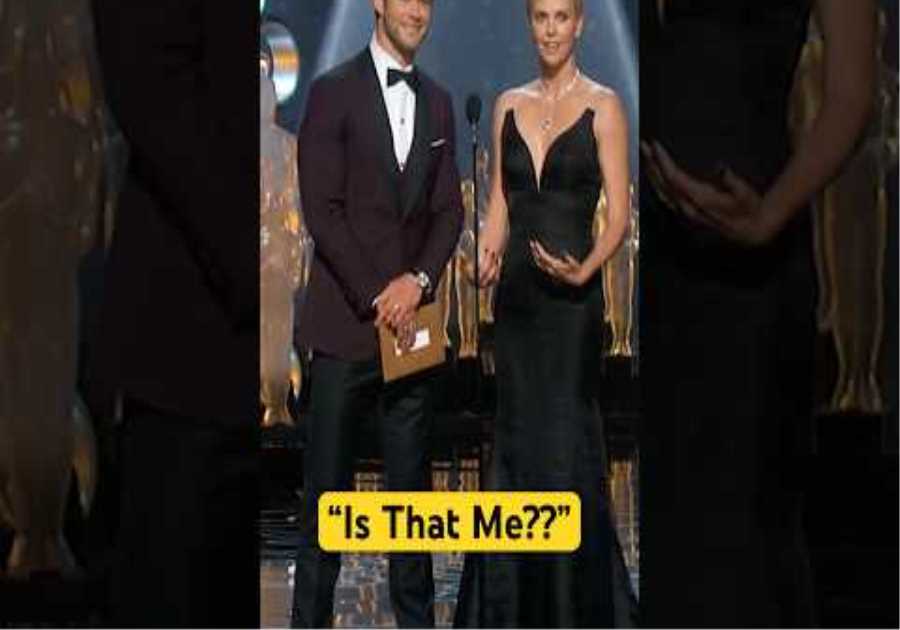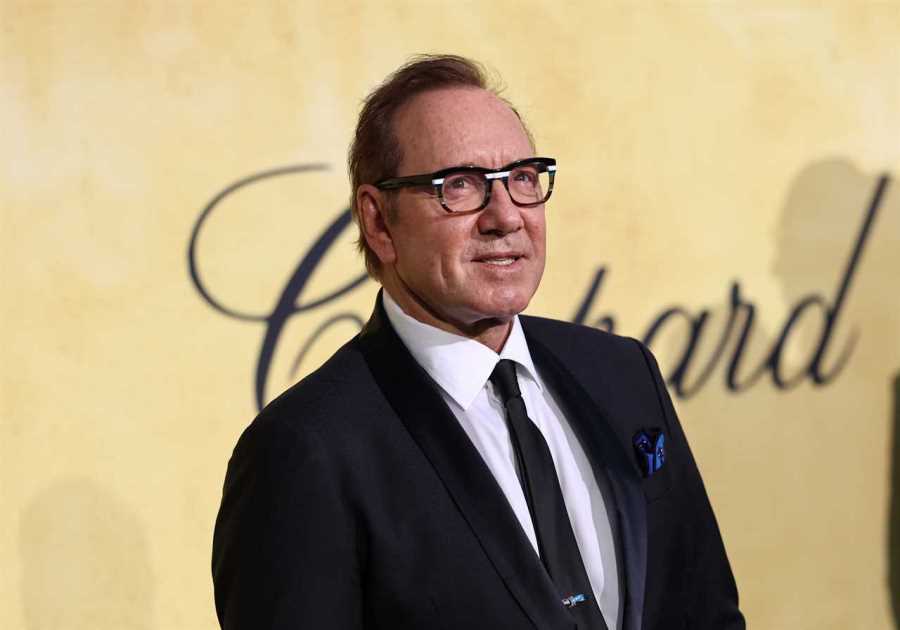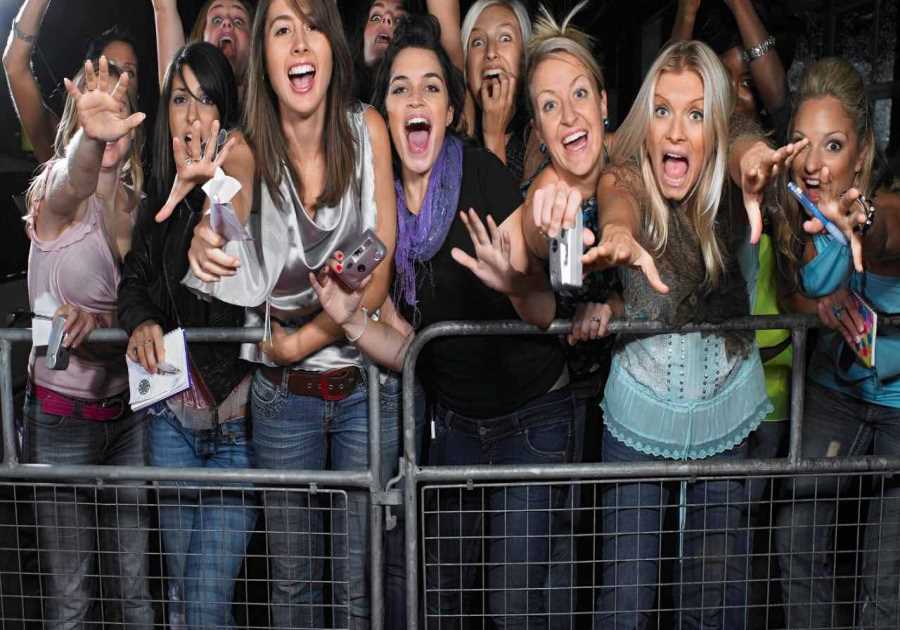
When the 2023 FIFA Women’s World Cup kicks off in Australia and New Zealand later this summer, the U.S. women’s national team will chase history as it looks to become the first team to win the tournament three times in a row. That pursuit, and the efforts to knock them from their perch, will be the driving narrative of the tournament, the hook used by networks to entice viewers to keep odd hours in the hopes of witnessing the unprecedented. After all, an international sporting event as all-encompassing as the World Cup is only as good as the stories it brings with it.
This summer, there will be no shortage of intrigue surrounding football’s biggest competition. A crowded field of contenders are desperate to prevent the World Cup from returning to the United States. A number of the best players in the world are coming off of successful campaigns with their clubs. There will be the heartbreaking injuries, the coaches whose feet are held to the fire. Campaigns championing equal pay that are led by players will be under the spotlight.
While the USWNT’s story at this tournament tends to end with them lifting the World Cup, time will tell how things go this year. Recently, we caught up with a handful of players from the team following a victory over Ireland in a friendly, and there was a sense of relief in the air. The group just wrapped its last camp, a whirlwind of meetings, workouts, and training sessions where coach Vlatko Andonovski could judge who might make the all-important 23-player roster.
The match against Ireland was a cagey affair played on a pristine pitch at the newly-opened City Park, sponsored by Truly — the first hard seltzer to lend their logo to the women’s game — and watched by a crowd of 22,294 fans in St. Louis. The day after, a trio of Americans — Lindsey Horan, Kristie Mewis, and Sofia Huerta — took time to discuss the national team. From roster questions sparking furious competition for starting spots to shocking injuries, exciting talent, and new leadership, the players reflected on the build-up to a World Cup that they hope will go down in the history books.
Camp Competition
When the USWNT steps onto the pitch in Auckland for its first match in group play against a newly-minted Vietnamese squad, the players will be united by the same goal: earning a win and the necessary points to put them atop the group. But during camp, it’s everyone for themselves.
“Everyone kind of felt the tension a bit,” Mewis tells UPROXX. “It’s obviously good, because you want that in the team. You always want to compete because, at the end of the day, that’s what’s going to make us win the World Cup.”
“Consistency” frequently pops up often when chatting with USWNT players. Huerta sees implementing what she’s learned at the club level as key to her fight to earn a spot on the team. “I think we’re all on the same page, that we want to win and everybody wants to play well, people want to start,” she says. “I just think naturally you’re going to get the best out of everyone because we all just want to get minutes and we want the team to be successful.”
For Horan, who played a key role in the team’s last World Cup run, the competitiveness of camp is only amplified by how Andonovski’s preferred style of play has evolved the women’s team. While former head coach Jill Ellis proved the U.S. could win (and win big) with her disciplined, regimented tactics, Andonovski’s system allows for more freedom of expression on the pitch, with an emphasis on possession and an attack-minded approach.
“For so long I would think about how Jill operated our team and [the] things I wasn’t completely agreeing upon during the World Cup, but ultimately I look back and I think she did all the right things in terms of the team that she put out, how she played us with our personnel. I think now, Vlatko has a more difficult job,” Horan explains. “You have players that want to play a better style of football than maybe we played in 2019 — a more possession-oriented football — but [we] also need to keep what we’re so incredibly good at in this high transition-style attack.”
Despite those growing pains (or perhaps because of them), this version of the USWNT feels fresher, more threatening, and more unpredictable than ever. They also seem ultra-confident, both in their individual skills and their ability to come together when it matters to get the job done.
“Beforehand, everyone’s fighting for their lives out there,” Horan admits. “But anytime that roster is named, we’ve always sat down and had a conversation as players. We’re like, ‘All right, this is it. This is the World Cup. It’s about the team. It’s about us winning.’ That’s what truly makes our team great — once we go into that tournament, you don’t care about yourself anymore. You don’t care if you’re playing, you’re starting, whatever. It’s ‘what does the team need to win?’”
Changing of the Guard
On April 8, the U.S. won its first of two friendlies with a 2-0 victory over Ireland, but that win felt a bit hollow considering what the team lost in the process. A torn patella tendon suffered in the first half means that forward Mallory Swanson could miss the World Cup, a heartbreaking result for the player and for a team in need of her goal-scoring abilities. She’s not the only American currently out of commission, as Christen Press, Catarina Macario, Sam Mewis, and Tobin Heath are all still fighting to come back from injury, and it’s unclear if any of them will be able to make the 23-player roster. Of course, the U.S. isn’t the only squad struggling to keep players healthy either — the sport features a perpetual push-and-pull between the lucrative club season and the international calendar. League play gets stretched, games are added to the club season, and the strain on an athlete’s body becomes more intense. And because the women’s side still hasn’t been allocated the resources or research when it comes to recovery and sustainable training methods, its players are paying the price.
Swanson was expected to expand on her role from the 2019 World Cup, and plenty of her teammates are likewise undergoing role changes within the team’s constantly shifting ecosystem. Huerta, who takes on the role of warm-up DJ whenever Megan Rapinoe is off duty — Migos’ “Fight Night” always makes the playlist — measures her worth in how her game can lift up others. “Whatever my role is,” she says, “I’m just playing the best so I can make everyone around me better.”
Mewis, who is fighting to secure a spot in the midfield — the part of the roster surrounded by the most uncertainty — is a bit of a bulldog on the pitch. She takes pride in what she brings to the team, which she describes as “I’m not going to take any other team’s sh*t.” Horan, who is stepping into more of a leadership role for the squad, is likewise proud of where she fits into the lineup.
“I’m sharing the captain’s armband,” Horan says. “So now it’s like, ‘How can I help everyone be better and be prepared for games?’ Especially with so many young players on the team, it’s going to be such a difficult atmosphere and environment. No one understands what it’s like to be in a World Cup. Helping get everyone up to speed, I think that’s what I can do the best. And then just bringing my quality on the field, working my hardest, and playing my game.”
Horan is 29 and Mewis is 32, but both refer to the talent on the squad in terms of their youth. They’re “babies” and “young kids,” brimming with untapped potential and undeniable swagger but looking to their more experienced counterparts to set the tone come game day.
“I think there comes a time where they do kind of look to you for how you’re responding, how you react to things — how positive are you being? How hard are you working?” Mewis says. “Abby Wambach was like that, such a hype woman. She just loved getting the team going. I think she’s someone who I would love to embody in a way because she’s just super positive, wants to big everybody up like, ‘You’re the f*cking best player here. You are the f*cking best player here. You’re going to score goals.’ And I think that no matter what, I want to try to be that for someone, too.”
Playing the Long Game
When the 2023 Women’s World Cup kicks off in July, the USWNT’s accomplishments will once again be distilled to the bottom line of a score sheet. They’ve fought for historic equal pay agreements, influenced other national teams to campaign for better facilities and treatment, weathered scandals within the top American domestic league, and done it all while advancing the popularity of women’s soccer, both stateside and abroad. But all of that will be easily forgotten — or worse, weaponized against them — should they fail to live up to the impossibly high standards their success has set for themselves.
It’s both unfair and the nature of the game. It’s also what fuels great players to reach that next level in their athletic careers. Horan views England, the defending European champions, as the team’s obvious roadblock to another title, but warns that fans shouldn’t sleep on France despite a last-minute coaching change and team tensions that led to chaos in the buildup to the tournament. That uncertainty, that sense that the U.S. might have to battle harder than they ever have to come away with the trophy, might unsettle fans, but it’s proof that the USWNT has played a major role in changing women’s soccer for the better.
Mewis sees that in how NWSL players banded together after five out of the league’s then-10 teams had coaches resign in 2021 following shocking abuse allegations against the management of top clubs. “All the things that are being brought up now are so valid and so important that I think it does make us play a little bit harder, it makes it mean more in a way,” Mewis says. “We do a really good job as a team and as a league that, once we step on that field, we know why we’re out there. I think there’s a sense of togetherness now.”
Horan, who’s been tapped for advice by international players on her Lyon squad looking to implement the same strategies that earned the USWNT their equal pay win, prioritizes the U.S. performance but is constantly reminded of the legacy her team is building off the field too.
“We showed what was possible,” she says. “Players on my team in Lyon are asking me so many questions — I think that’s the most important thing. We started this movement and obviously, there’s still work to be done. I sit here and talk to a lot of my teammates in Lyon about our national teams. It’s absolutely absurd. And I’m just like, ‘If it is possible for us, it’s possible for you. It’s just what you put out there, how you do it together.’”
Even something as seemingly small as a photo shoot for a popular hard seltzer brand shows how far the women’s game has come. “It’s actually so cool,” Horan admits. “I was looking at the can with the U.S. logo on it. Everyone knows Truly, and now they’re sponsoring U.S. Soccer. It’s not just the men anymore. These brands are reaching out and supporting us. I think it’s just a very special thing and that’s how it should be.”
But even with those wins both on the pitch and off, the team’s guiding philosophy remains fairly simple: play the game you love. For Huerta, gaining perspective through adversity has reshaped her relationship with the sport. For a long time, soccer became synonymous with pressure, the anxiety-fueling kind that robbed the defender of her joy of playing. “I wasn’t getting called in, I was so down on myself,” she remembers. “I just wasn’t having fun anymore.”
She recruited a sports psych and a life coach — “I have it all,” she says — and started redefining what “success” meant to her.
“I defined success as ‘if I’m on the national team, if I’m going to World Cups, if I’m going to Olympics.’” Huerta says. “But really, just being a professional athlete, that makes me successful, regardless. So, by changing the definition of that, taking the pressure off of myself, it just allowed me to be more present, and have more fun, and be who I could be on the field.”
By now, Huerta, Mewis, and Horan have put in months of work with their respective clubs, hoping to improve their games and show they’re ready for the responsibility of representing their nation on an international stage. It’s what every player hoping to make the 2023 World Cup roster is doing, whether they’ve lifted the World Cup in the past or hope that this summer marks the first time they reach the peak of the sport. Right now, they’re all fighting for spots, but come July, they’ll be fighting for something bigger. Team glory, yes, but also the respect and recognition that their sport deserves. They’ll be fighting to prove that the future of the women’s game is secured, filled with players to whom fans feel a deep sense of connection and stories worth investing in.
UPROXX was invited on a hosted trip through Truly for reporting on this piece. However, Truly did not review or approve this story in any way. You can find out more about our policy on press trips/hostings here.
-----------------------
By: Jessica Toomer
Title: USWNT Players Lindsey Horan, Kristie Mewis, And Sofia Huerta Talk To Us About The Road To The World Cup
Sourced From: uproxx.com/sports/uswnt-road-to-the-world-cup-lindsey-horan-kristie-mewis-interview/
Published Date: Fri, 16 Jun 2023 17:00:00 +0000
Did you miss our previous article...
https://ballerawards.news/sports/gregg-berhalter-rehired-as-us-mens-coach






